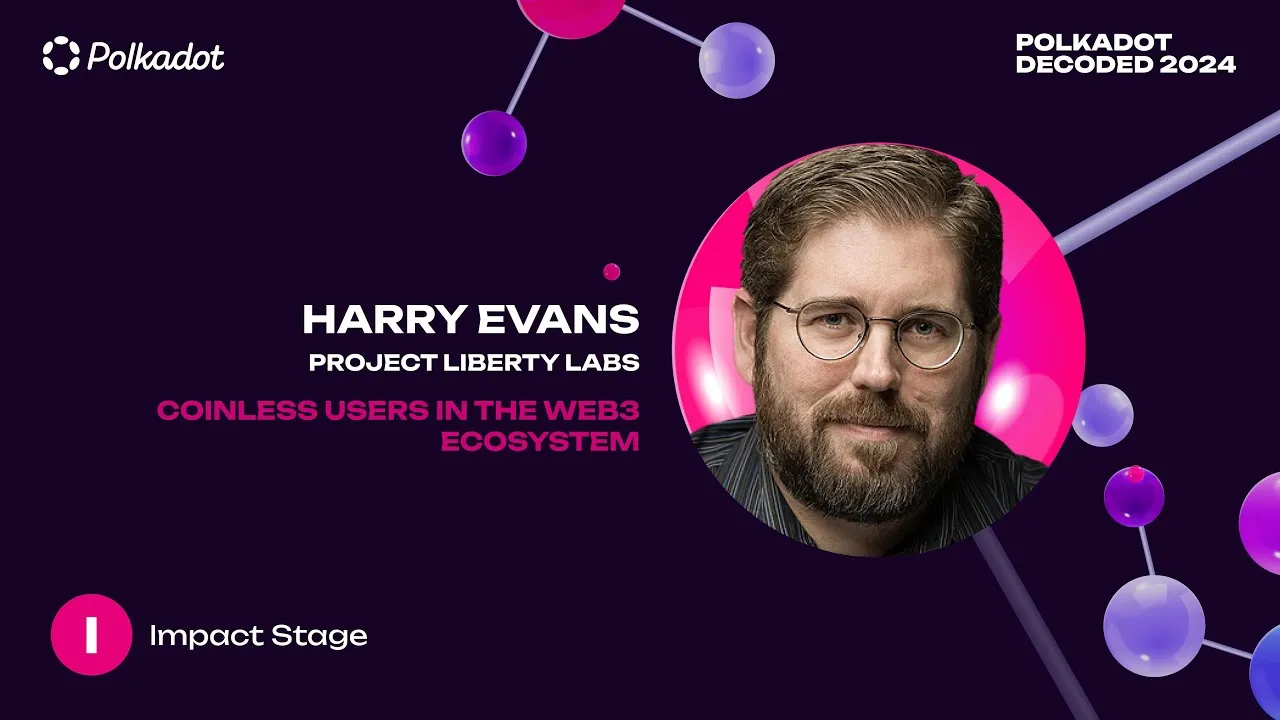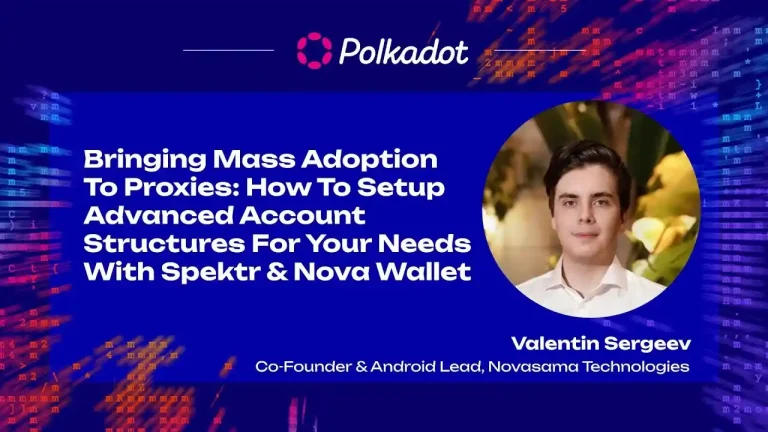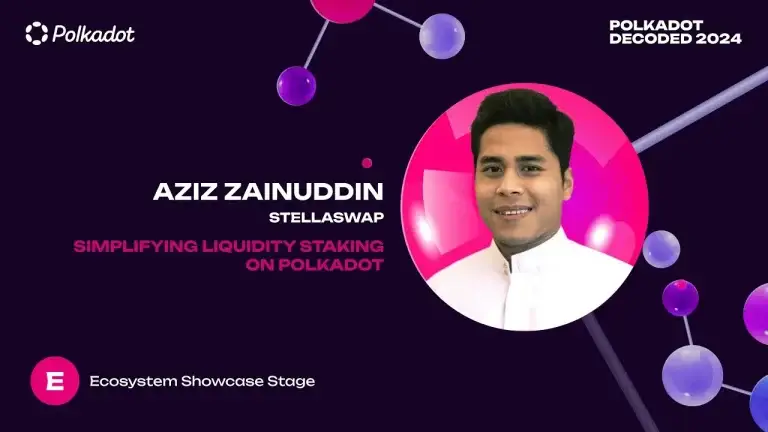At Polkadot Decoded 2024, an illuminating talk on the emerging trend of coinless users in the Web3 ecosystem was presented by Harry, the CTO of Project Liberty Labs. This session highlighted two pivotal projects: DSNP (Decentralized Social Networking Protocol) and Frequency, a parachain within the Polkadot ecosystem designed specifically for social networking. The focus of the talk was on the concept of coinless users, their significance, and how they can drive mass adoption in the Web3 space.
Understanding Web3 Coinless Users
Coinless users are defined as individuals who possess a blockchain wallet but do not hold any coins or tokens. This paradigm shift aims to address several critical challenges in the current Web3 landscape, particularly around scalability and user experience in social applications.
The Micro-Payments Conundrum
Micro-payments have long been touted as the future of online transactions. Despite the theoretical benefits, such as reduced waste and on-demand payments, micro-payments have struggled to gain traction. Historical data and recent polls, including a notable one following Elon Musk’s announcement about Twitter supporting micro-payments for news articles, show minimal user adoption. This resistance is largely due to the cognitive load and decision fatigue associated with repeated small transactions.
Cultural and Practical Barriers
The web’s culture of free access is a significant hurdle. Users are accustomed to free services, often supported by ad-based models, making the transition to a pay-per-use model challenging. Additionally, acquiring cryptocurrencies remains complex for the average user due to factors like fiat on-ramps, KYC requirements, and exchange fees. Early experiences in the crypto world, such as obtaining Bitcoin from faucets, starkly contrast with today’s onboarding difficulties, further highlighting the need for a simplified approach.
The Social Space and Adoption Challenges
The social media space, with over five billion users, contrasts sharply with the estimated 425-500 million crypto users, of whom only a fraction hold their assets in self-custody wallets. This discrepancy underscores the vast potential for growth in the Web3 space but also illustrates the need for lowering entry barriers to achieve mainstream adoption.
Frequency’s Approach to Supporting Coinless Users
Frequency employs several strategies to support coinless users, enhancing both user experience and developer convenience. Key approaches include:
- Delegation and Control Keys: Users retain control over their interactions without needing to hold coins. Applications can delegate gas costs, simplifying the user experience while maintaining user autonomy.
- Business Models and Economic Incentives: Applications can adopt various business models like subscriptions and freemium models, shifting the economic burden from users to developers. This alignment with current payment ecosystems ensures a smoother transition for users.
- Capacity Model: To mitigate volatility and manage costs, Frequency utilizes a staking model, allowing applications to stake tokens and receive predictable transaction capacity.
- Polkadot’s Infrastructure: Leveraging Polkadot’s shared consensus and customizable parachain model, Frequency can maintain low transaction costs and tailor its features to specific social networking needs.
Real-World Implementation with Mewe
Mewe, a social network with over 20 million users, exemplifies the practical implementation of Frequency’s coinless user model. By progressively migrating its user base to the Frequency blockchain, Mewe demonstrates the feasibility and benefits of integrating Web3 functionalities without disrupting user experiences.
Conclusion
The concept of coinless users represents a significant step towards making Web3 accessible to a broader audience. By addressing cultural, economic, and technical barriers, projects like Frequency and DSNP are paving the way for a more inclusive and user-friendly decentralized web. The insights from Polkadot Decoded 2024 underscore the potential of these innovations to drive mass adoption and transform the social networking landscape within the Web3 ecosystem.








